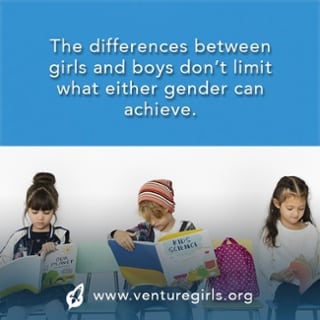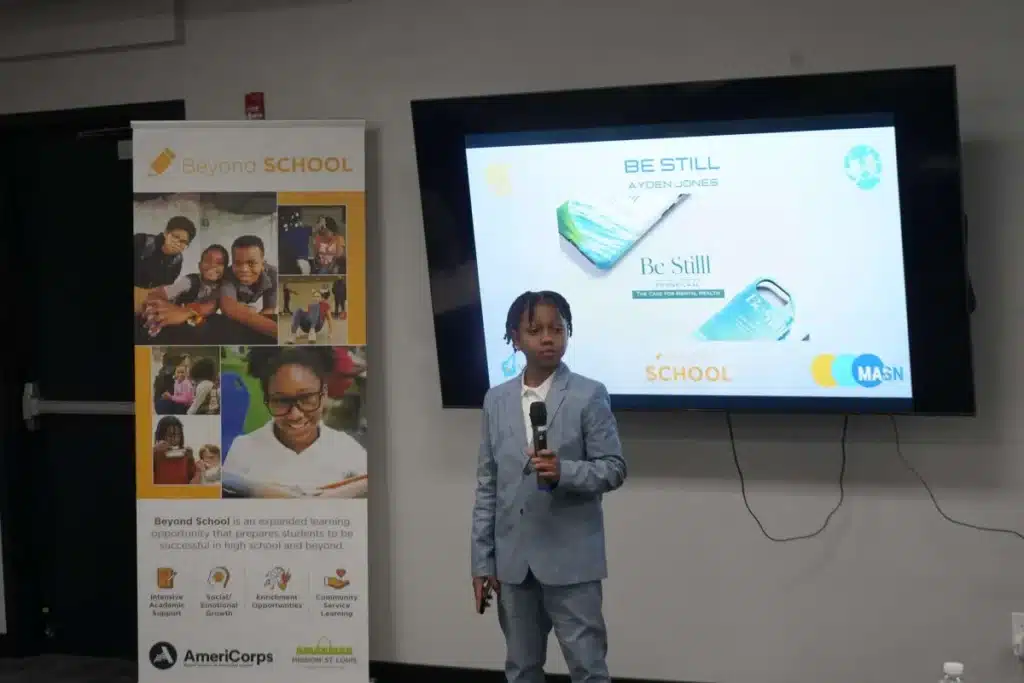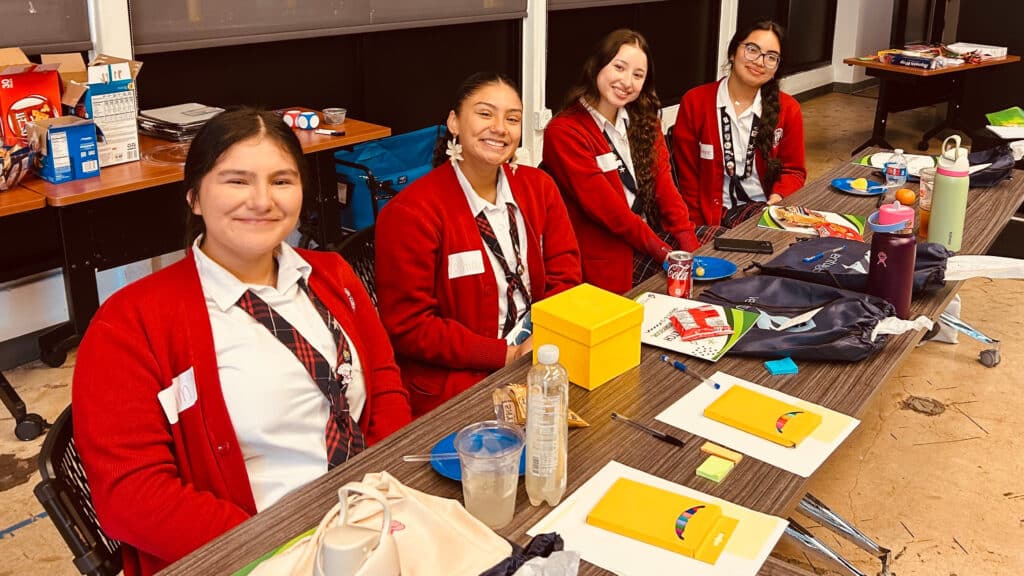In my last post, I explored how some researchers are trying to present evidence of gender differences to teachers and parents that can help them understand how to best help them learn better. Boys and girls are different. They learn differently, and they communicate differently. But each is equally capable of achievement in STEAM fields. It’s a matter of recognizing these differences in order to support learning, rather than to determine which gender is more suited to a particular subject.
Deborah Tannen, the bestselling author of the groundbreaking book on inter-gender communication, You Just Don’t Understand, and a professor of linguistics at Georgetown University, describes the “genderlects” of young children. Studies of children ages 2 to 5 show that girls propose play with collaborative language—using “let’s” for instance, as in “let’s play house”—more than boys that age. It is not that girls are always innately communicative and cooperative. That’s a “misguided stereotype born out of the contrast with boys,” she says.
There are plenty of bossy girls, even aggressive ones, says Louann Brizendine, a neuropsychiatric specialist who is a researcher, clinician and the author of the books The Female Brain and The Male Brain. But understanding genderlects helps us develop better ways to teach girls overall; it helps us to understand the gender differences early and capitalize on a child’s growing brain.

By age 7, a child’s brain has nearly reached its full size. The billions of neural pathways continue to grow and develop. Just as important, unused pathways are pruned as a child’s experience helps determine how the brain is sculpted. Early experiences matter in ways that neuroscientists are still discovering. Genes and experiences are intertwined in shaping capacities and talents.
The differences between girls and boys don’t limit what either gender can achieve. Rather, these prompt us to make an informed effort to find the most effective teaching methods for each. Instead of denying their differences, we must understand their vital role in determining the most effective methods for teaching and communicating with girls and boys.
What’s been your experience with helping the girls in your life understand the world around them? How have you worked with girls, as opposed to boys, to teach them? What were the circumstances, and did you find yourself explaining things differently to girls than you might have to boys? Thank you for sharing.



